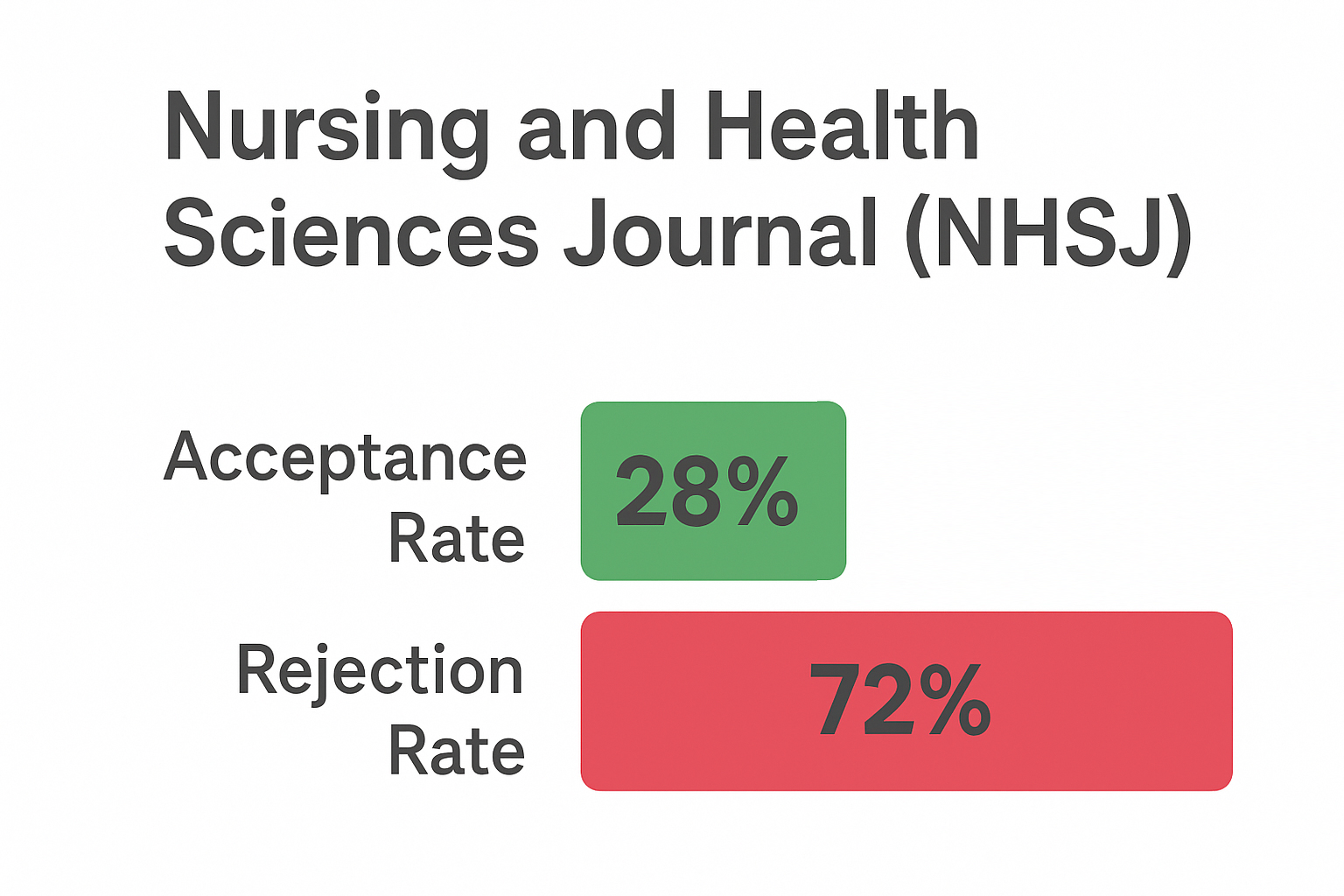Factors Related to Chronic Energy Deficiency among Pregnant Women
DOI:
https://doi.org/10.53713/nhs.v1i3.54Keywords:
chronic energy deficiency, knowledge, medical history, parity, education, family income, pregnant womenAbstract
Background: Chronic energy deficiency (CED) is a condition where the mother suffers from a chronic (chronic) calorie and protein deficiency (malnutrition) which results in health problems in women of reproductive age and in pregnant women (pregnant women).
Objective: This study aims to determine the factors associated with chronic energy deficiency (CED) in pregnant women at the Gunung Kaler Public Health Center, Tangerang Regency in 2019.
Methodology: This study used a cross-sectional design. The sampling technique used cluster sampling. The population was 286 people and the sample in this study was 167 people. The research instrument consisted of a questionnaire about knowledge of CED in pregnant women.
Results: The results of this study indicate that there was a significant relationship between knowledge with p value = (0.06), history of disease with p value = (0.001), and parity with p value = (0.009) against Chronic Energy Deficiency (CED) in pregnant women, and there is no significant relationship between family income with a value of p = (0.482) and education with a value of p = (0.745) on Chronic Energy Deficiency (CED) in pregnant women.
Conclusions and Suggestions: It is hoped that the Gunung Kaler Health Center will provide counseling related to CED with a variety of interesting methods.
CED, Knowledge, Medical History, Parity, Education, Family Income
References
Dinas Kesehatan Provinsi Banten. (2016). Data Kematian Ibu.
Hamzah, D. F. (2017). Analisis Faktor Yang Memengaruhi Kejadian Kekurangan Energi Kronis (Kek) Pada Ibu Hamil Di Wilayah Kerja Puskesmas Langsa Kota Kota Langsa Provinsi Aceh Tahun 2016. Jumantik (Jurnal Ilmiah Penelitian Kesehatan), 2(2), 1-11.
Hasanah, D. N., Febrianti, F., & Minsarnawati, M. (2013). Kebiasaan Makan menjadi Salah Satu Penyebab Kekurangan Energi Kronis (KEK) pada Ibu Hamil di Poli Kebidanan RSI&A Lestari Cirendeu Tangerang Selatan. Indonesian Journal of Reproductive Health, 4(2), 106703.
Kementerian Kesehatan RI. (2014). Pusat Data Dan Informasi Kementerian Kesehatan RI. Retrieved from http:// www.depkes.go.idresourcesdownload pusdatinin fodatin infodatin-ibu.pdf (27 April 2019).
Kementerian Kesehatan RI. (2016). Profile Kesehatan Kabpaten Tangerang, Retrieved from http://www.Depkes.go.id/resources/download/LAKIP%202018/LKj%20Unit%20Utama/1.%20Kesmas. (28 April 2019).
Lubis, L.N. (2013). Wanita Dan Perkembangan Reproduksinya Ditinjau Dari Aspek Fisik Dan Psikologinya, Perpustakaan Nasional,
Novelia, S., Dewi, A., Melinasari, S., Widowati, R., & Carolin, B. T. (2020). Iron and Orange Extract on Hemoglobin among Anemic Pregnant Women in Nusa Tenggara Barat in 2018. Asian Community Health Nursing Research, 2(1), 8-12. Jakarta, 50.
Petrika, Y., Hadi, H., & Nurdiati, D. S. (2016). Tingkat asupan energi dan ketersediaan pangan berhubungan dengan risiko kekurangan energi kronik (KEK) pada ibu hamil. Jurnal Gizi dan Dietetik Indonesia (IndonesiaL Journal of Nutrition and Dietetics), 2(3), 140-149.
Proverawati, A, & Asfuah, S, (2009). Gizi Untuk Kebidanan, Nuha Medika, Yogyakarta
Rahmaniar, A., Taslim, N. A., & Bahar, B. (2013). Faktor-Faktor yang Berhubungan dengan Kekurangan Energi Kronis Pada Ibu Hamil di Tampa Padang
Rahmi, L. (2016). Gambaran Berat Plasenta Terhadap Berat Lahir Bayi. Jurnal Kesehatan Medika Saintika, 7(1).
Simbolon, D., Jumiyati & Rahmadi, A. (2018). Pencegahan dan Penanggulangan Kurang Energi Kronik (KEK) Dan Anemia Pada Ibu Hamil. CV Budi Utama, Yogyakarta















